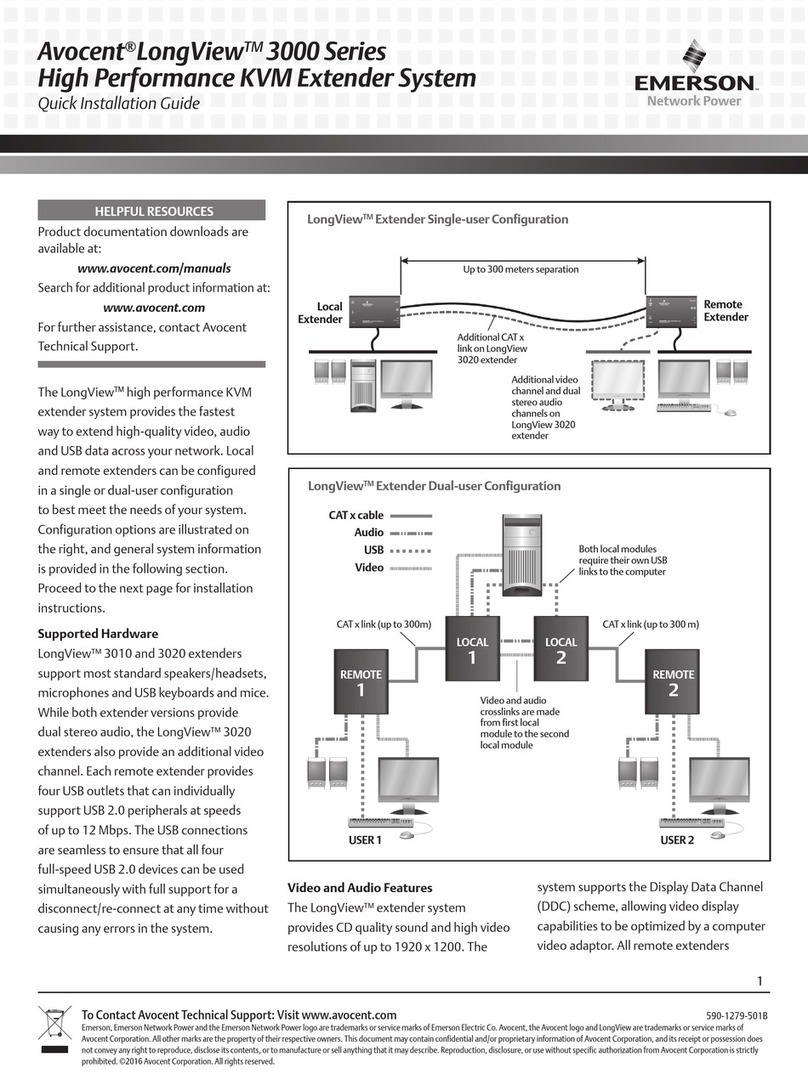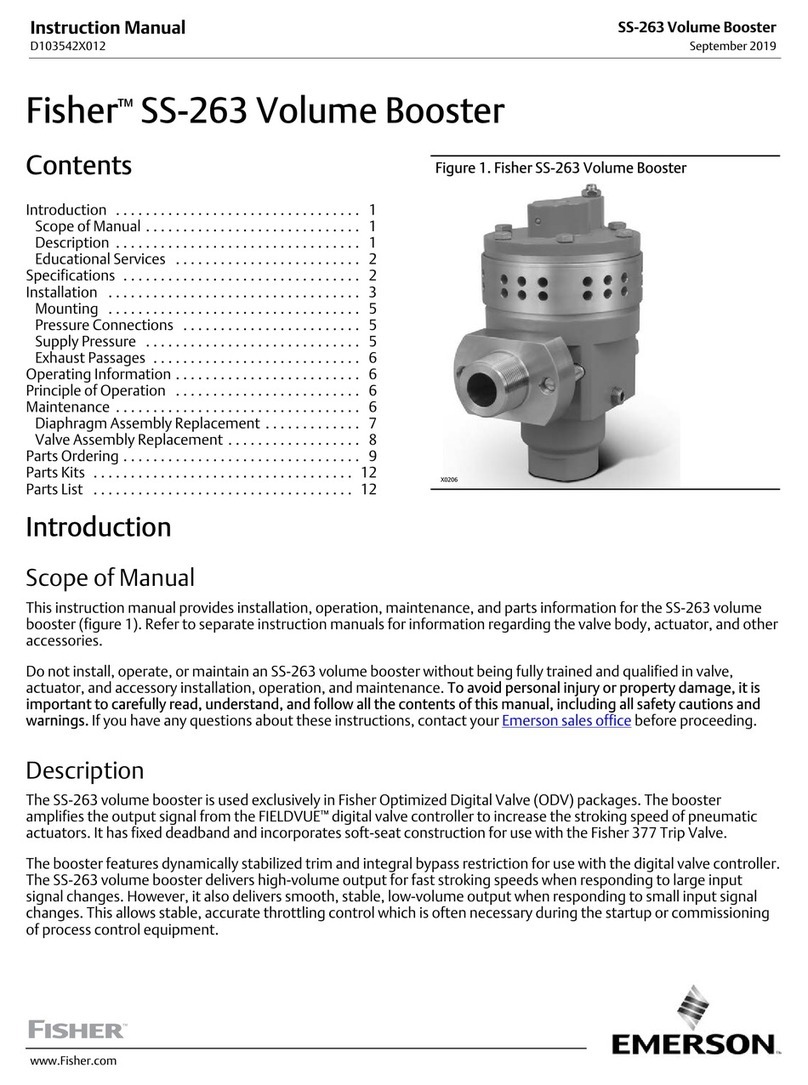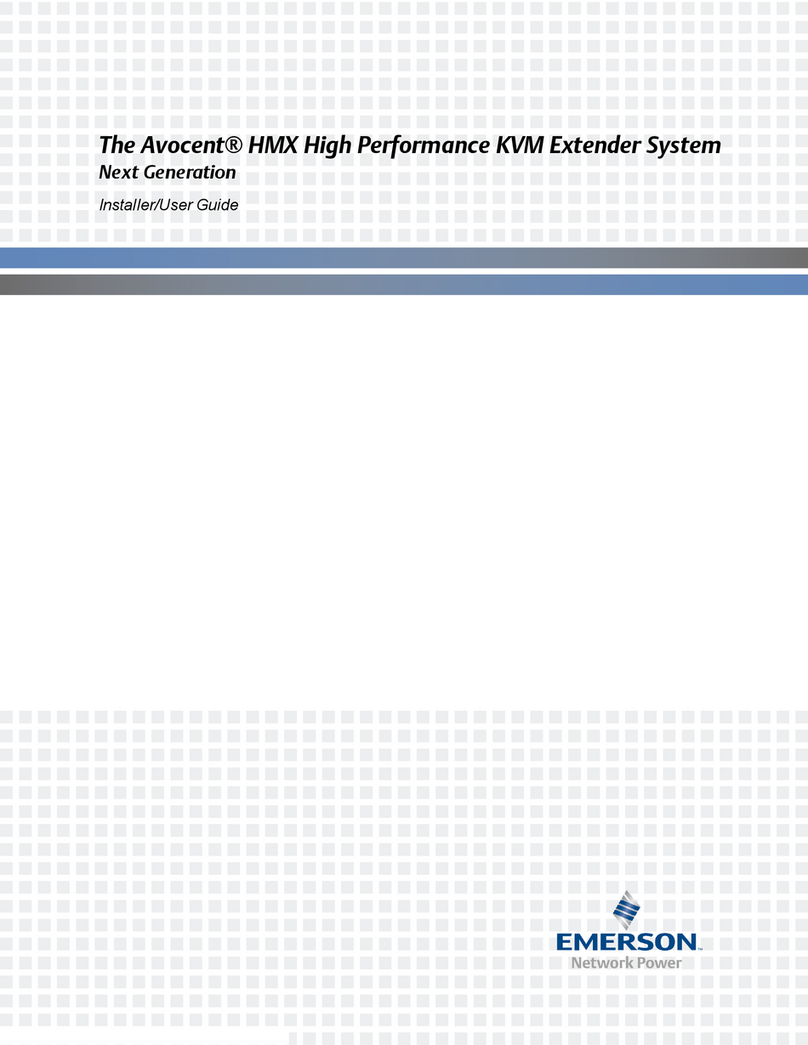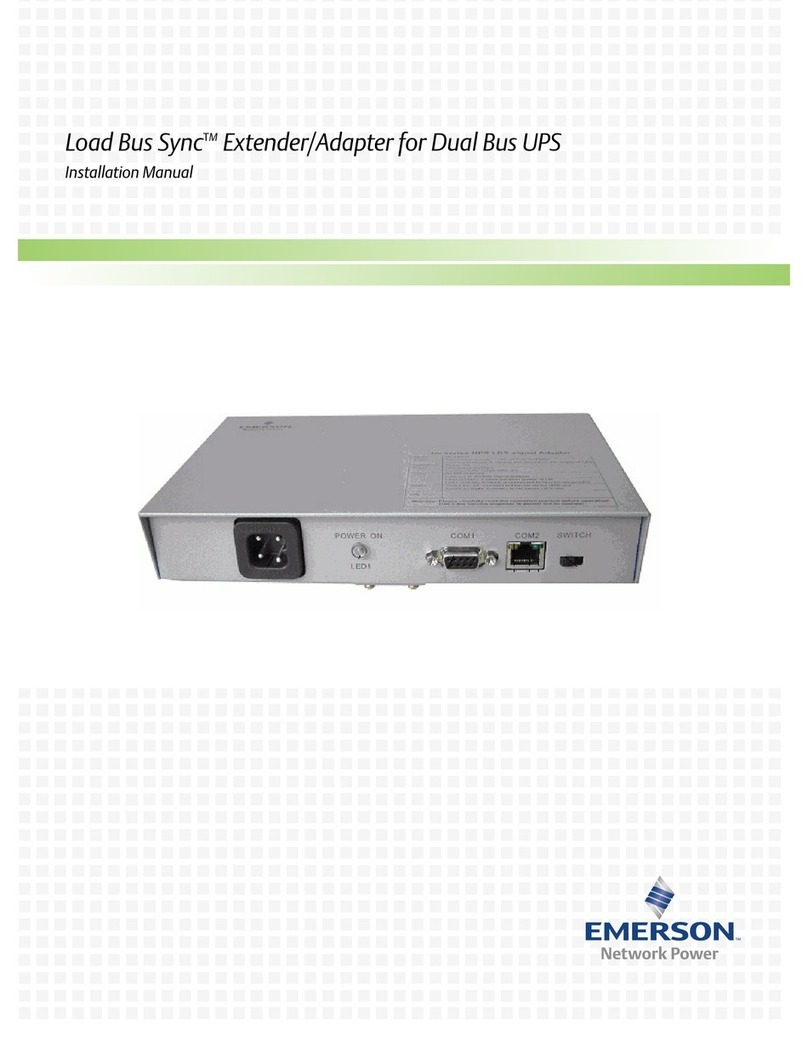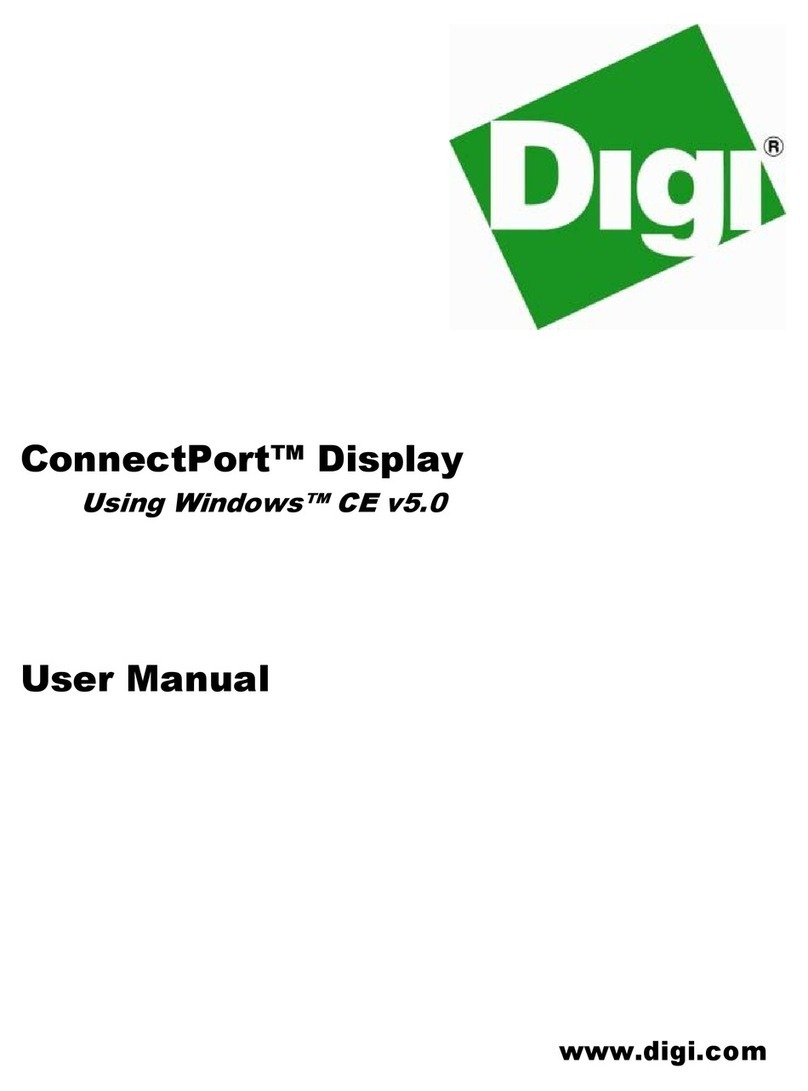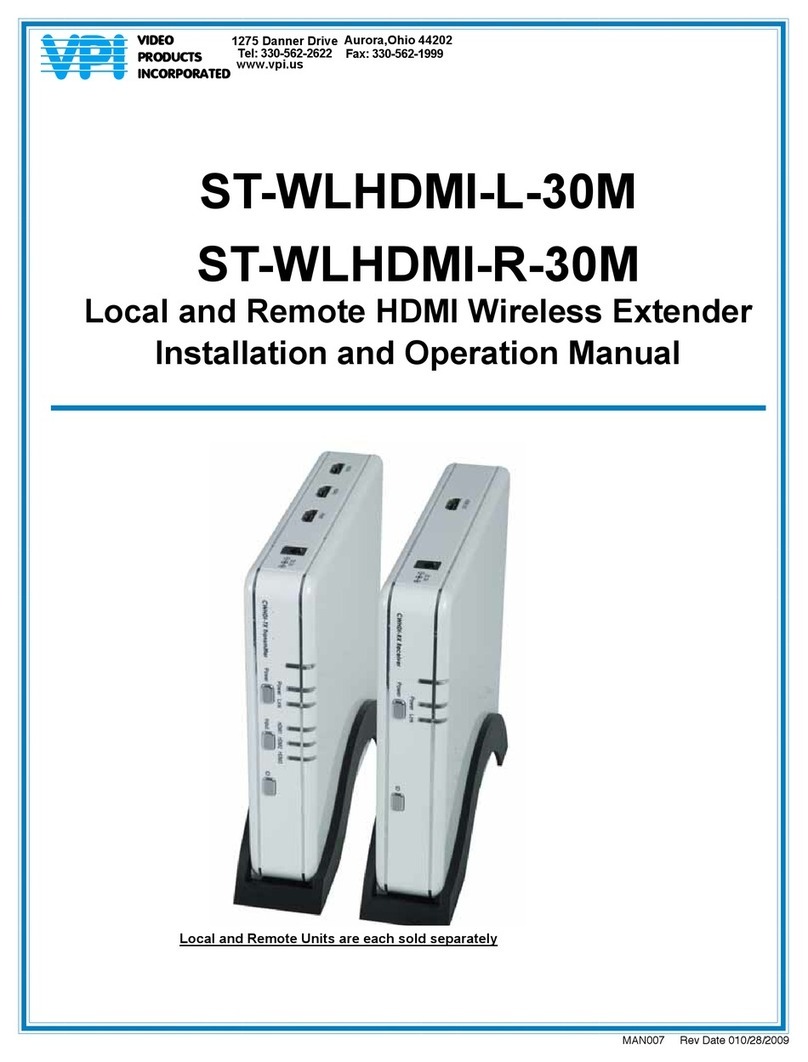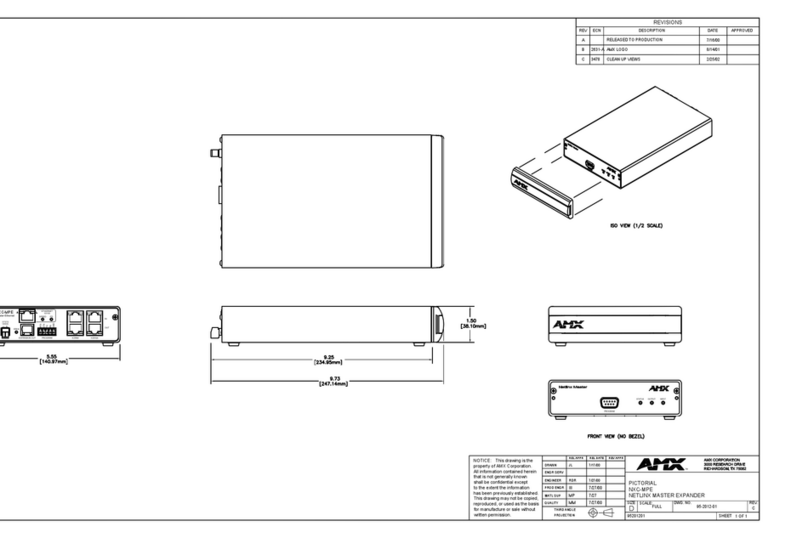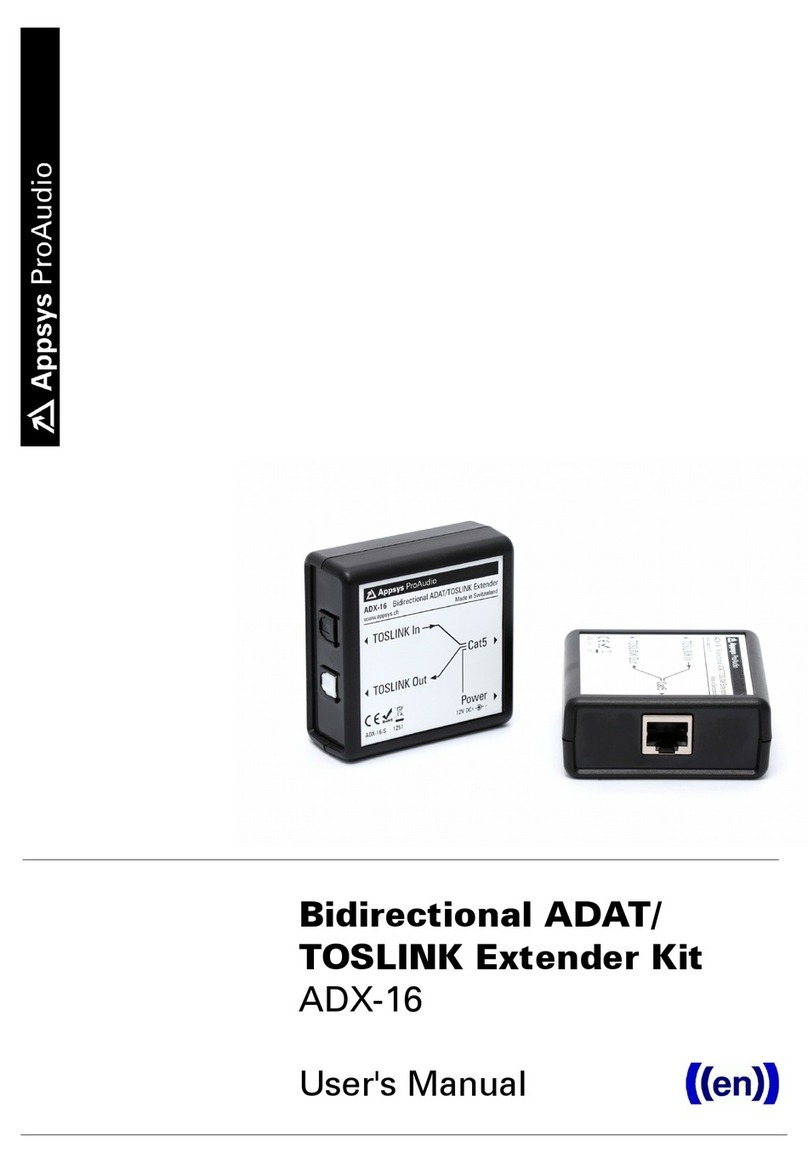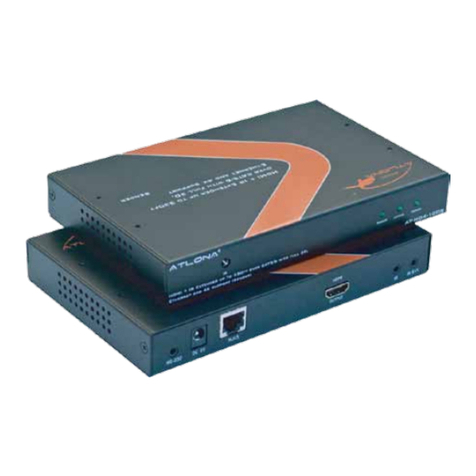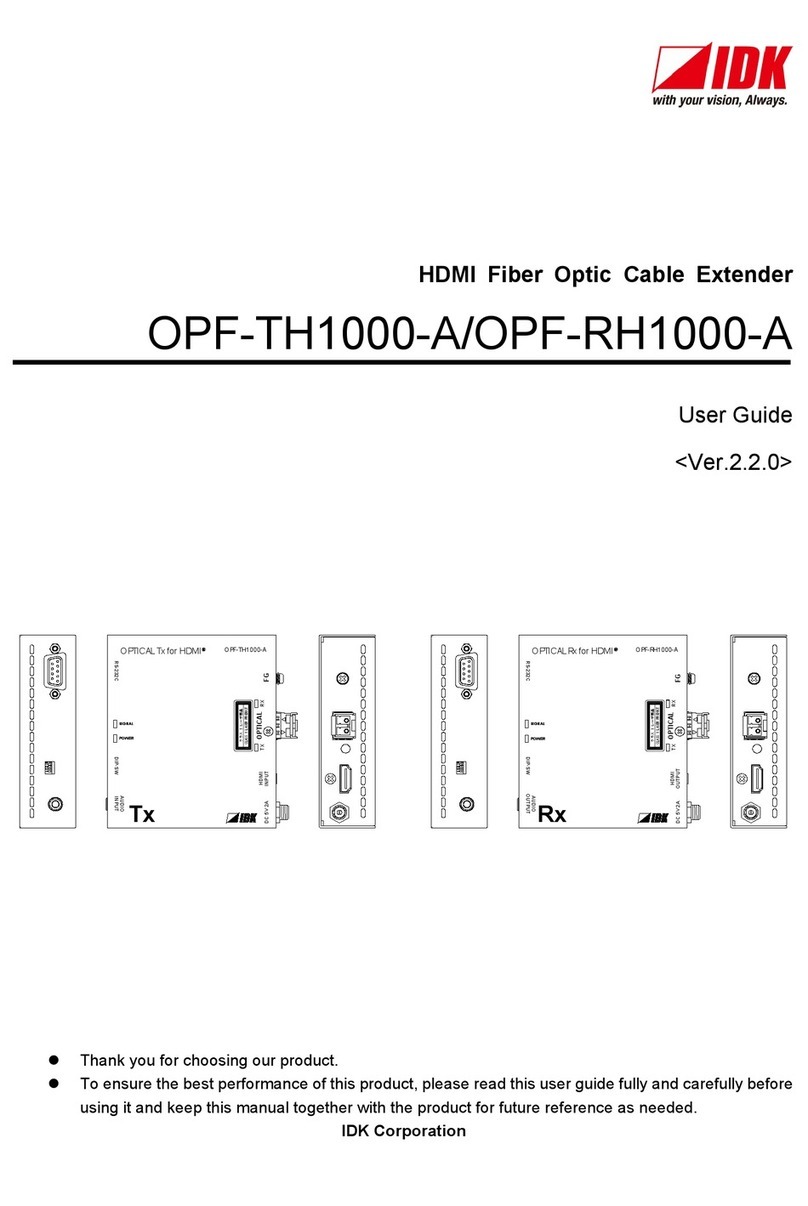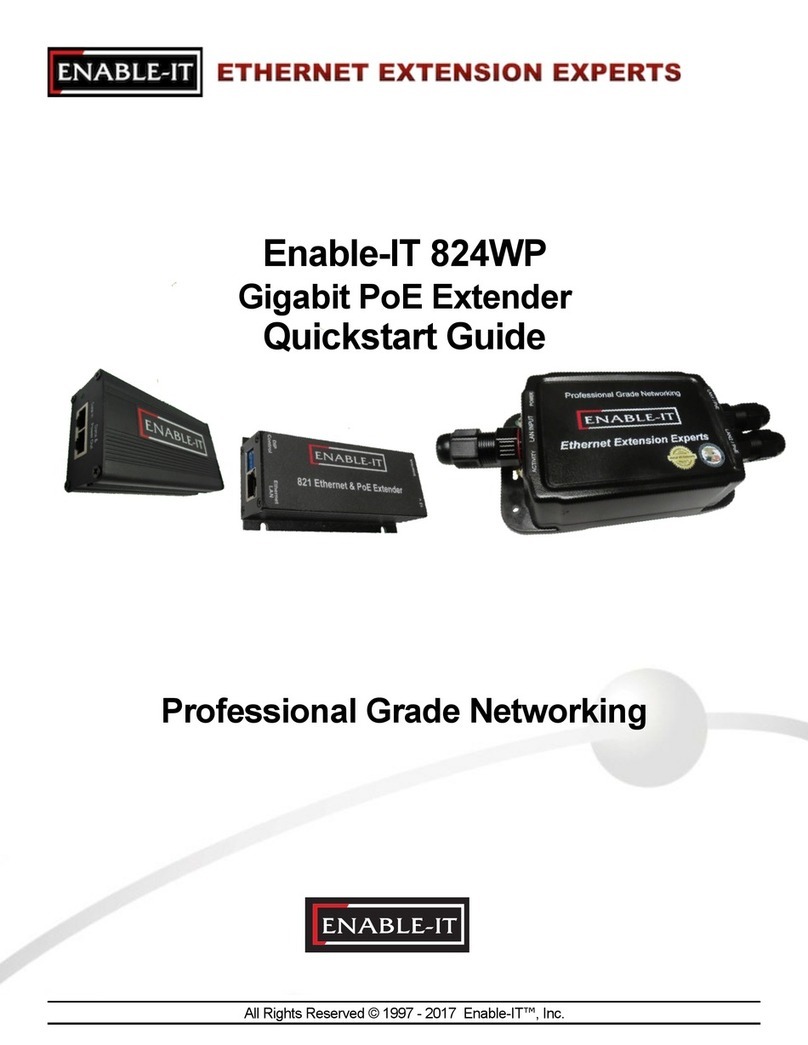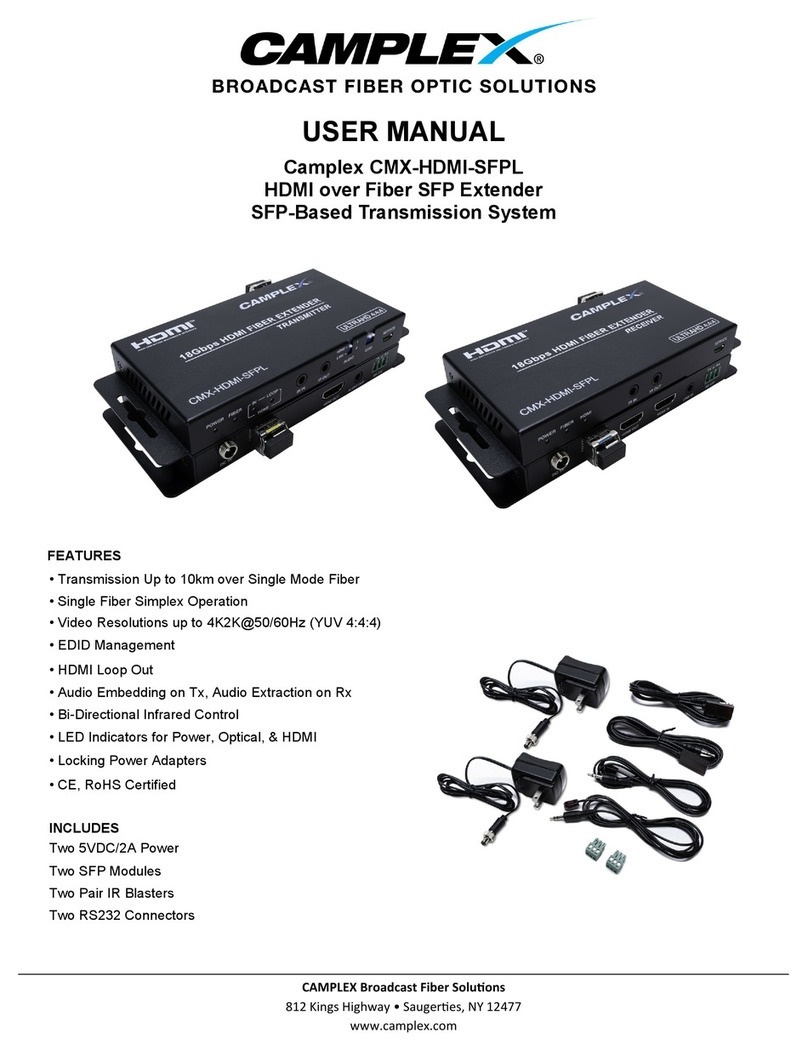
Instruction Manual
D103542X012
SS-263 Volume Booster
August 2011
7
10. Apply lubricant (key 18) to the O-ring (key 5D) and apply sealant (key 17) to the thread of the seat ring (key 5A).
11. Install the valve assembly (key 5) into the body (key 1). Torque to 102 N•m (75 lbf•ft).
12. Replace the O-rings (key 22).
13. Install the diaphragm assembly (key 4) and the diaphragm spacer assembly (key 2) onto the body (key 1) while
making sure the lower diaphragm (key 4B) is flat and not folded or pinched. Orient the parts to form the bypass
restriction passage as shown in figure 6.
14. Apply lubricant (key 18) to the O-ring (4H) and the OD of the spring seat (4F).
15. Install the upper spring (key 6) and the spring case assembly (key 3) on the upper diaphragm (key 4C).
CAUTION
To avoid damage to the diaphragms, do not overtighten the screws.
16. Replace the six cap screws (key 10) and tighten them in a crisscross manner using multiple patterns working up to a
final torque of 15.8 N•m (140 lbf•in).
Parts Ordering
Whenever corresponding with your Emerson Process Management sales office about this equipment, mention the
serial number of the valve assembly. This serial number can be found on the actuator nameplate. It may also be helpful
to mention the date and other information on the booster nameplate as shown in figure 2.
When ordering replacement parts, also state the complete eleven-digit part number of each part required as found in
the following parts list.
WARNING
Use only genuine Fisher replacement parts. Components that are not supplied by Emerson Process Management should
not, under any circumstances, be used in any Fisher instrument. The use of components not manufactured by Emerson
Process Management will void your warranty, might adversely affect the performance of the instrument, and could give
rise to personal injury and property damage.
Note
Neither Emerson, Emerson Process Management, nor any of their affiliated entities assumes responsibility for the selection, use, or
maintenance of any product. Responsibility for the selection, use, and maintenance of any product remains with the purchaser and
end user.
Parts List (figures 4, 5, and 6)
Note
For part numbers not shown, contact your Emerson Process
Management sales office.
Key Description Part Number
1 Body Assembly, Aluminum
2 Diaphragm Spacer Assembly, Aluminum
3 Spring Case Assembly, Aluminum
4* Diaphragm Assembly
Aluminum / Nitrile / Nylon GE47590X012
4H* O-Ring 1U879006562
5* Valve Assembly
Brass / Nitrile GE47600X012
5B* Lower Valve and Stem Assembly GE47594X012

